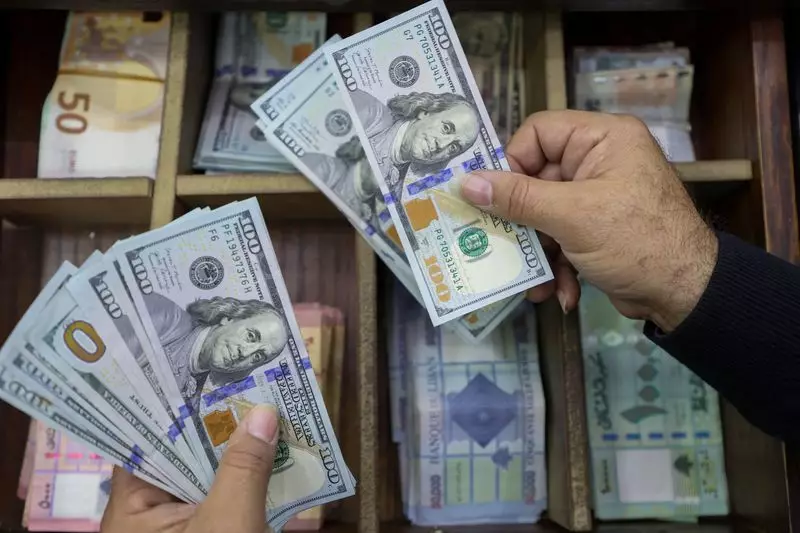In recent trading sessions, the U.S. dollar has displayed relatively stable behavior, remaining within a tight trading range against its main rivals. As market participants await decisive actions on tariffs from U.S. President Donald Trump, the uncertainty surrounding currency fluctuations continues to grip investors. Without any clear signals from the White House, the dollar is navigating through a delicate environment laden with speculation and anticipation of future economic policy shifts.
The anticipated decision from the Bank of Japan (BOJ) regarding interest rates is expected to be a catalyst for market movement in the coming days. Following a two-day policy meeting, the BOJ might increase rates, which would send ripples through the global currency market. Simultaneously, investors brace for announcements from the U.S. Federal Reserve and the European Central Bank (ECB), which are slated to make major policy decisions next week. These events will act as key influencers on currency pairs, particularly for those of the dollar against the euro and yen.
The dollar index, which benchmarks the U.S. currency against six prominent rivals, including the euro and yen, recently showed a modest uptick of 0.09%, hovering around 108.37 during early trading in Europe. This recovery follows a significant fall of 1.2% earlier in the week, marking the sharpest decline in a single day since November 2023. The dollar’s initial surge to a two-year high of 110.17 on January 13 was bolstered by robust economic data from the U.S., alongside rising expectations of tariff implementations that might apply downward pressure on foreign currencies.
As the euro declined by 0.15% to $1.0394, market forecasts hint at the likelihood of a rate reduction by the ECB, which may further underpin the dollar’s relative strength over the Eurozone currency.
While discussions around tariff implementations have stirred concerns across the global financial landscape, some analysts suggest that President Trump’s approach may not be as combative as originally perceived. Carol Kong, a currency strategist at the Commonwealth Bank of Australia, remarked on the softer-than-expected stance taken by Trump thus far. The conversation with Chinese President Xi Jinping is anticipated to shape future engagements, potentially easing fears of fierce trade confrontations.
Recent statements from Trump, as well as the launching of a review on numerous trade issues, are set to culminate in an announcement by April 1—this timeline is viewed as pivotal in establishing a framework for upcoming tariff policies. Additionally, news from China regarding significant investments in the stock market by state-owned insurers may have shifted the narrative, suggesting a possible stabilizing effect on market sentiment.
Japan’s yen remained steady at 156.49 per dollar, reflecting 96% likelihood of a rate hike from the BOJ in the upcoming meeting. Meanwhile, the Canadian dollar edged down to C$1.4394 against the greenback following a turbulent start to the year driven by tariff hysteria. Similarly, the Mexican peso exhibited minimal changes at 20.49 per U.S. dollar, indicating the regional currencies are often influenced by developments in U.S. trade policies.
The cautious atmosphere among investors mirrors the complex interplay of domestic and international factors affecting the currency markets. As traders navigate these uncertain waters, fluctuations in major currencies underscore the profound connections between monetary policy, trade considerations, and overall market sentiment.
As central banks prepare to unveil critical monetary policies in the next few days, currency traders must remain vigilant and adaptable. Decisions from the BOJ, ECB, and Federal Reserve could alter the balance of power among currencies, providing ample opportunities—and risks—for market participants. The current landscape calls for a careful analysis of signals from central bank communiqués and government announcements regarding trade, offering insight that could shape the strategies for proactive investors looking to capitalize on potential shifts in currency dynamics.

